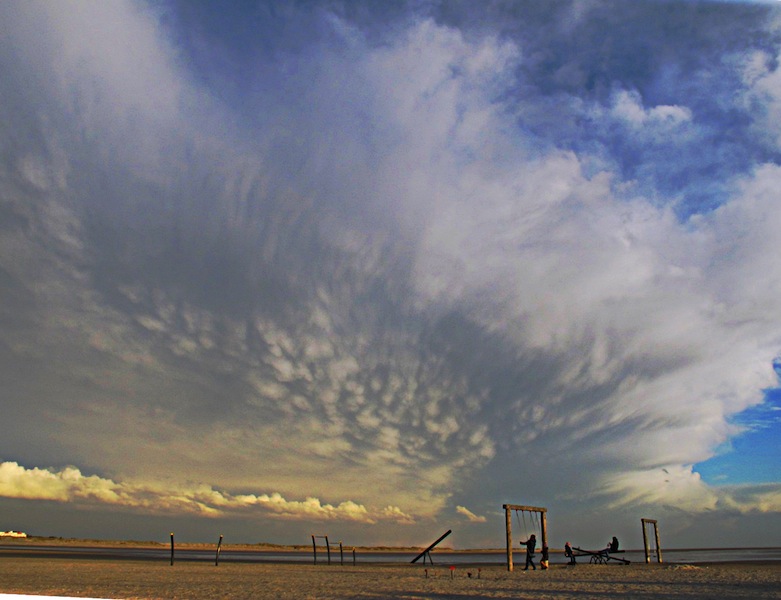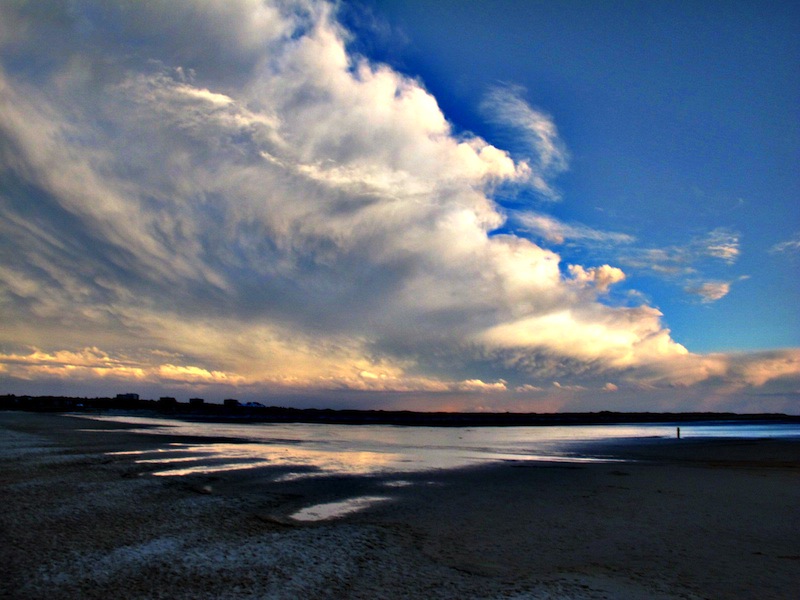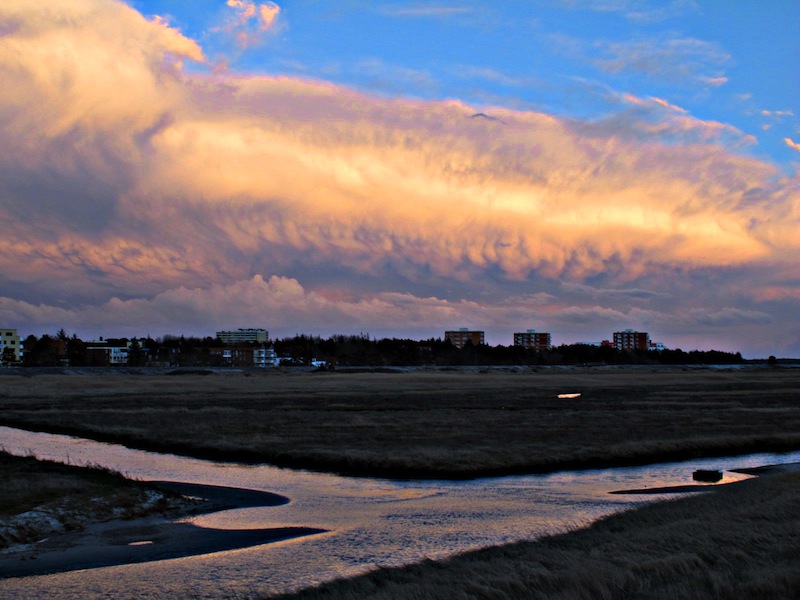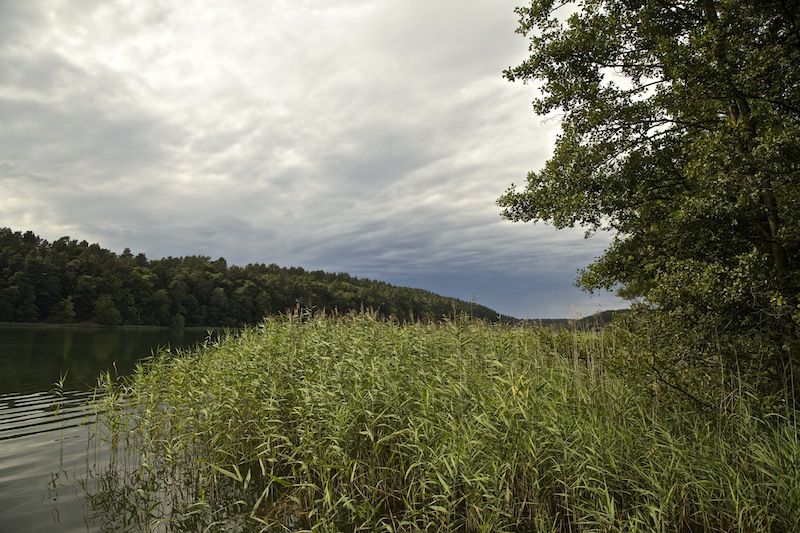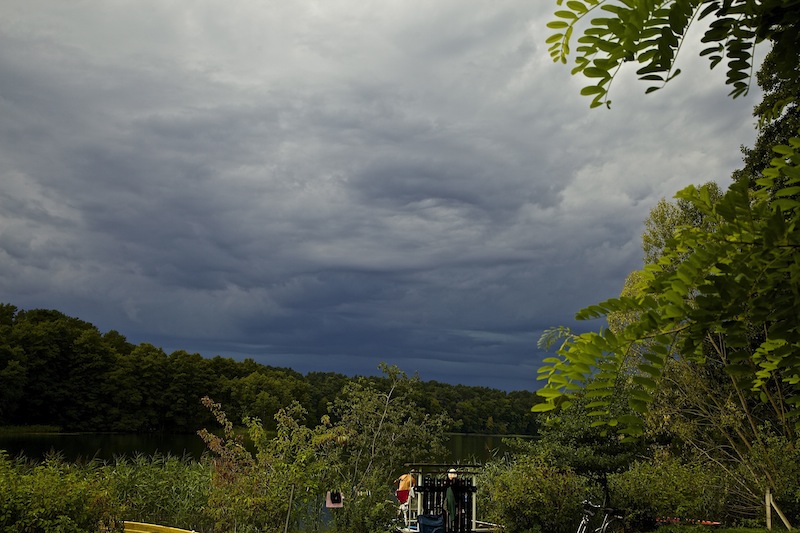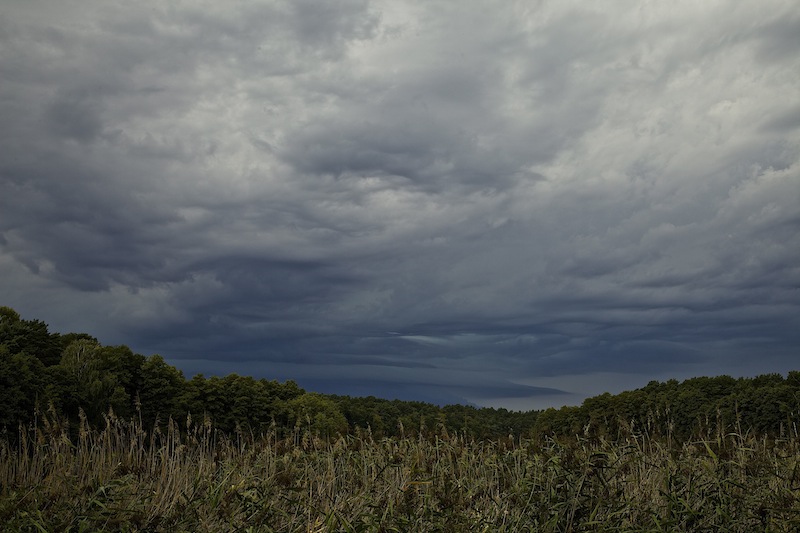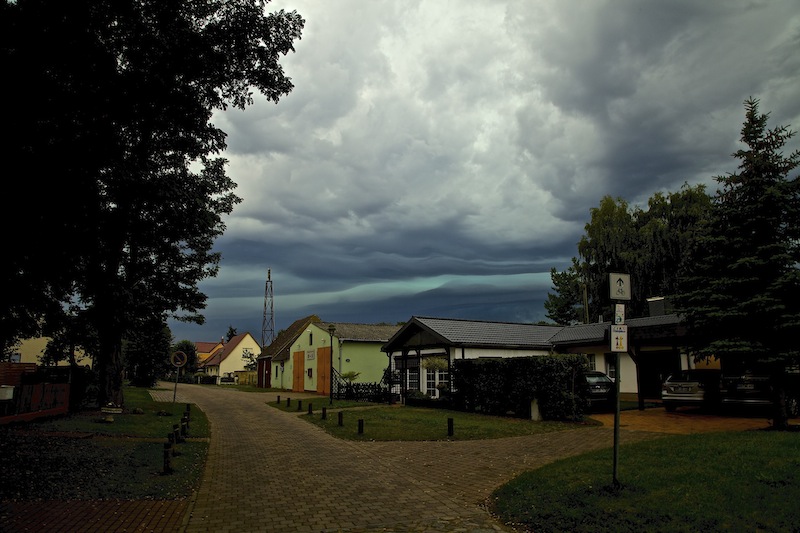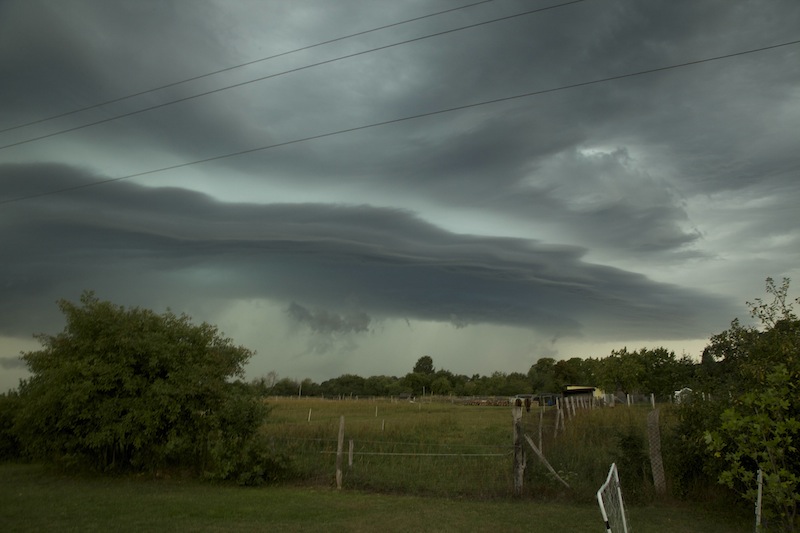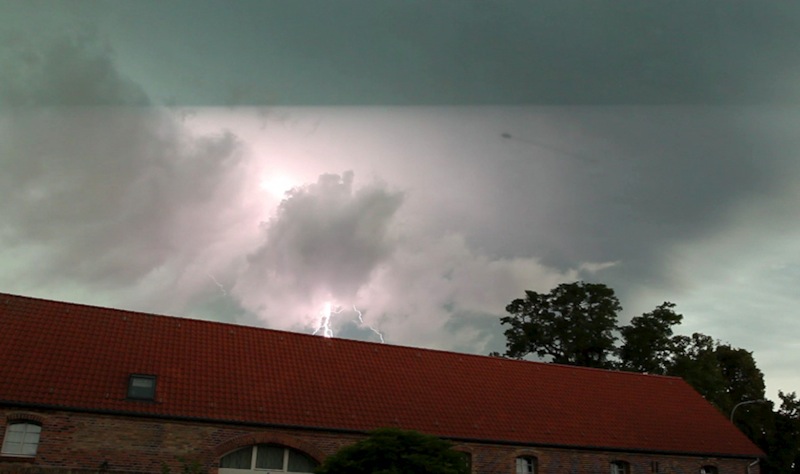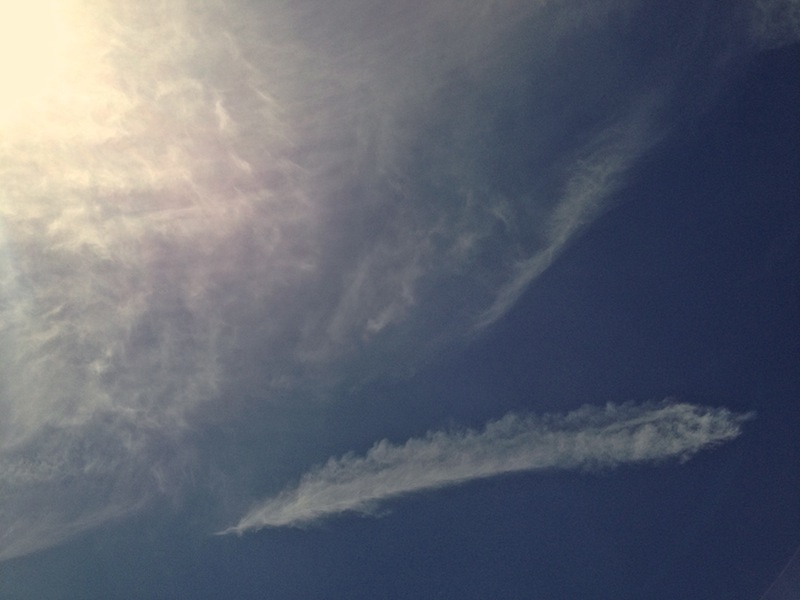SHEET LIGHTNING: VIDEO BERLIN, AUGUST 28, 2016
Summer 2016 in Middle Europe: another year with new temperature records. August 28 was an extremely hot day in Berlin with temperatures over 34 C. Already the day before there had been some severe thunderstorms in Western Germany. A cold front was coming in from the west and in the afternoon the German Weather Service issued a warning for severe weather with strong wind gusts, thunderstorms and hail for Berlin and Brandenburg. 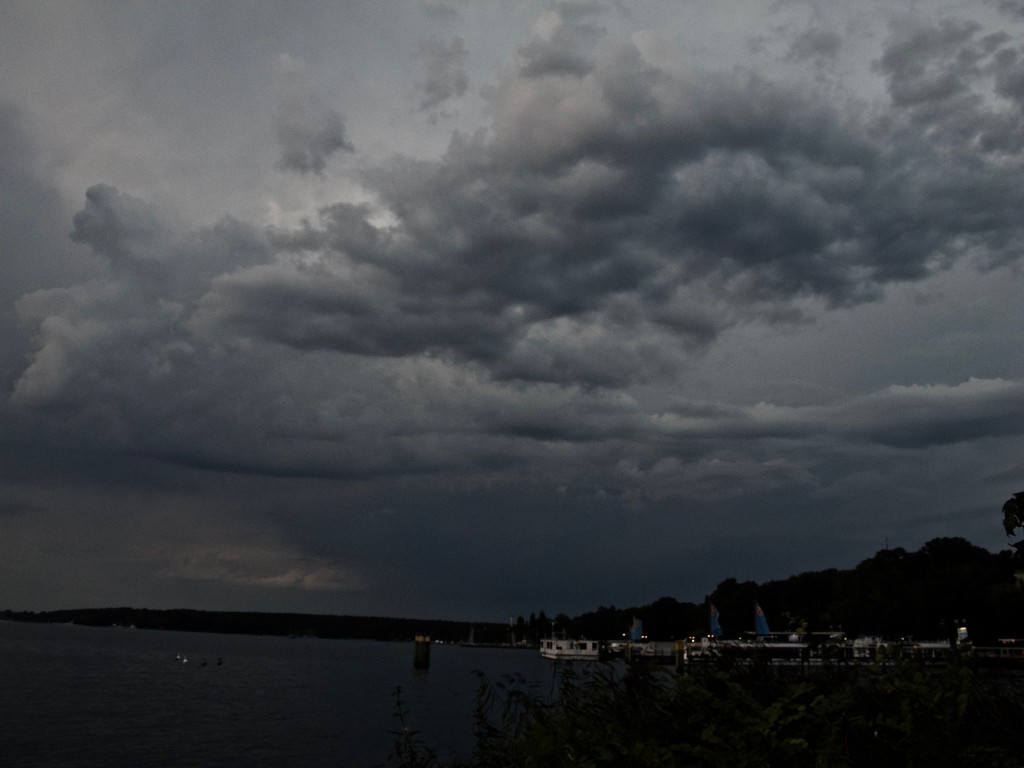 However following nowcasts as provided by from some webpages showed that weather was very unpredictable that Sunday in Eastern Germany. It looked a couple of times as there were stronger thunderstorms taking course towards the East, then they lost their energy but in the evening some stronger storms appeared suddenly. Before the front arrived in Berlin the air became really hot and humid. It was sticky and the sky became overcast. In the south of Brandenburg there was already a strong thunderstorm. It was the typical scenario when you expect the worst. You could feel the tension.
However following nowcasts as provided by from some webpages showed that weather was very unpredictable that Sunday in Eastern Germany. It looked a couple of times as there were stronger thunderstorms taking course towards the East, then they lost their energy but in the evening some stronger storms appeared suddenly. Before the front arrived in Berlin the air became really hot and humid. It was sticky and the sky became overcast. In the south of Brandenburg there was already a strong thunderstorm. It was the typical scenario when you expect the worst. You could feel the tension.
Nevertheless there wasn’t a strong hit in Berlin, but a visually impressing storm system in the East of the City which generated sheet-lightning in the West. It was already nearly dark when that storm approached. Later, in the west side of the city there was only rainfall for some minutes. In other parts of Germany there were serious damages due to the collision between warm and cold air. There was a rotating supercell causing flooding in Hamburg and another storm did damage for example in Stendal. Lightning stopped trains in Hannover. The next day temperatures had dropped dramatically. In some places there was a temperature fall of 15 degrees. It was a release after these unusual hot days end of August. The learning lesson was that precise now-casts are still a difficult thing to do when there is chaos in the atmosphere, but should definitely further developed and made more popular since they could be a life-saving tool. Furthermore the trend of climate change related extremes continues in 2016. Adaption strategies seem mandatory for example for farming which suffered both from flooding and too much heat and droughts in other areas. It would be also worth to further investigate the connections between extreme weather and traffic accidents. Perhaps it’s a coincidence but there had been some accidents already before the thunderstorms arrived that day. Maybe the tension in the air, the humidity and the heat strongly affects the concentration of drivers. 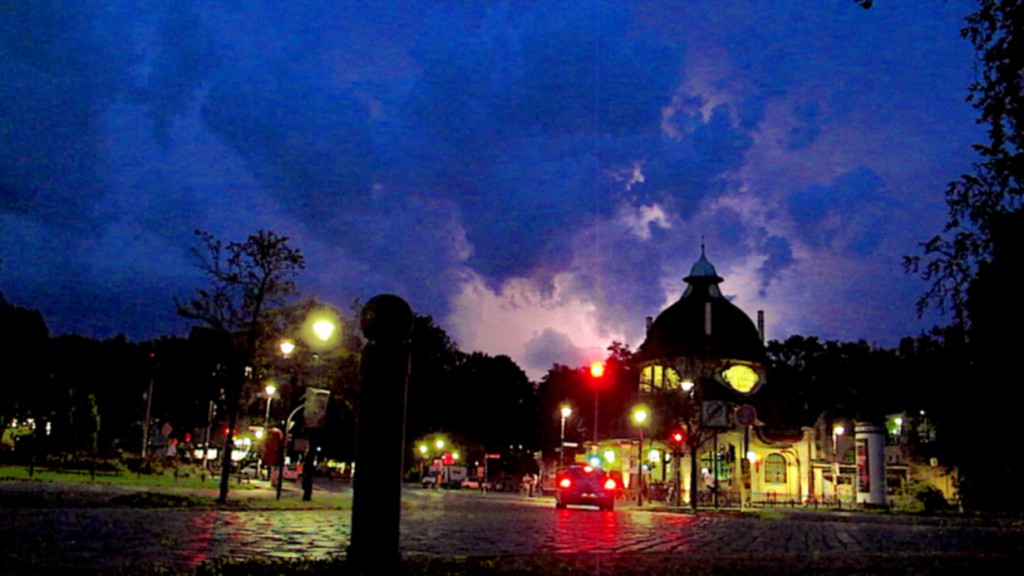 The situation in Berlin was worth for a little experiment with slow motion and an editing which created an effect similar to a time-lapse on the other side. Together with cross-dissolve transitions the video has perhaps a bit of a supernatural air:
The situation in Berlin was worth for a little experiment with slow motion and an editing which created an effect similar to a time-lapse on the other side. Together with cross-dissolve transitions the video has perhaps a bit of a supernatural air:
Thunderstorm, Berlin 28. August 2016 from Peter Engelmann on Vimeo.
